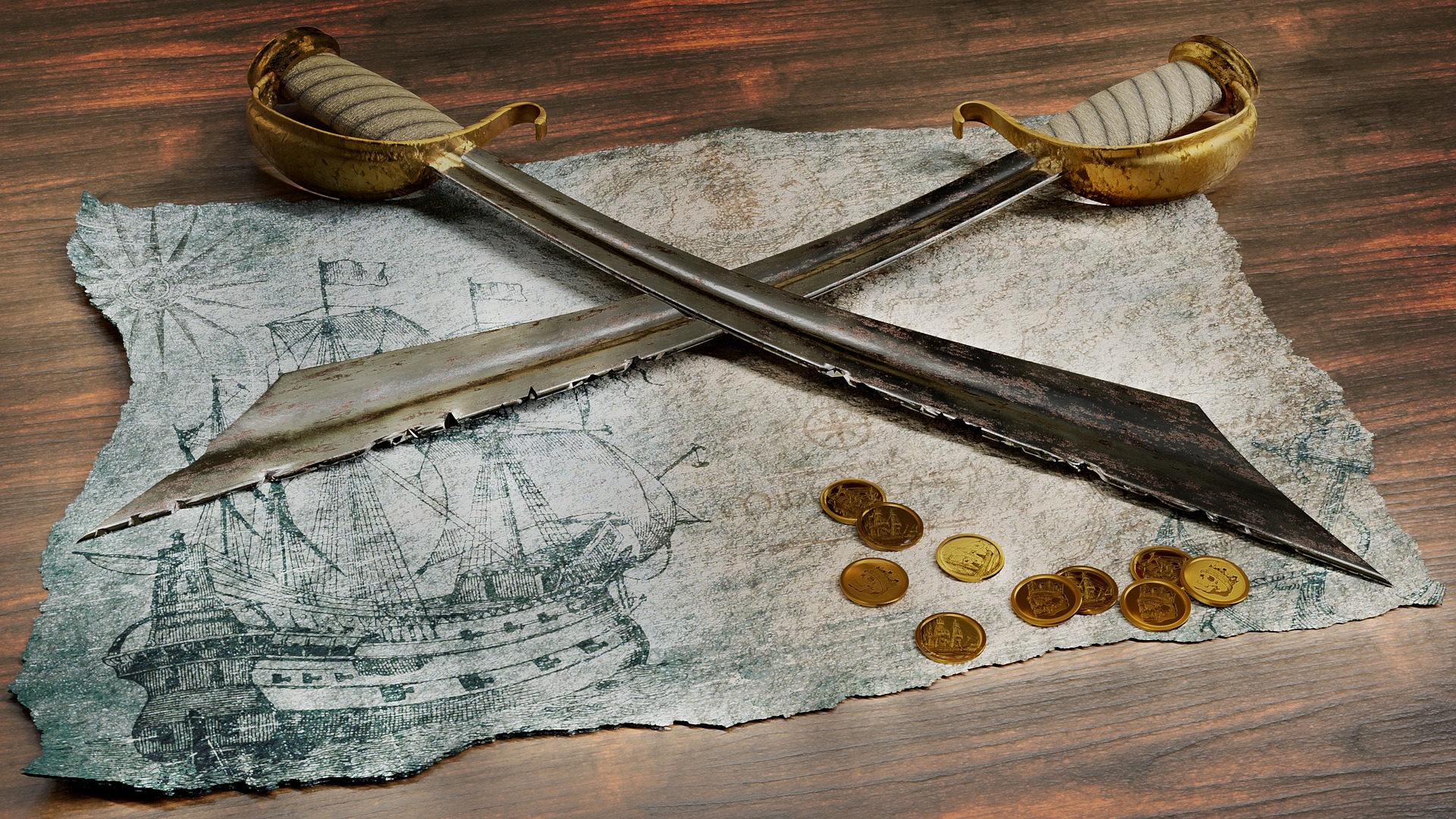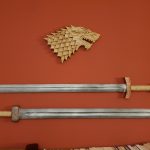You have undoubtedly heard the absurd claims that a katana can fold over a thousand times. That is just rubbish. This article will demonstrate how many times katanas are folded in practice.
Let’s begin straight away. How many folds are there in a katana? Katanas are typically folded eight to sixteen times.
People often claim that their katana has been folded over a thousand times for a specific reason. Follow along as we dispel common misconceptions regarding folded steel katanas.
Describe folded steel.
First, folded steel is not a type of steel, unlike carbon steel. A forging method known as folding is used mainly with carbon steels (10xx series).
The procedure speaks for itself. The metal is forge-welded, folded, and welded, as the name implies.
What Causes Swords to Fold?
Japanese swords were typically folded. I want to give you a brief history lesson right now. Continue to the post’s next section if you’re not interested.
Most of Japan’s iron resources are ore with very high carbon content. It was known as pig iron or tamahagane.
This steel cannot be used to forge blades because it contains 4-5% carbon. Every blade would break incredibly easily due to this carbon concentration.
As a result, the Japanese swordmakers were forced to find a remedy. They stumbled across the folding of steel.
By doing so, they could purge the steel of impurities and lower the carbon content.
What Consequences Do Folded Steels Have?
As the steel is folded, more and more overlapping layers are formed. These alternating layers significantly increase the blade’s hardness.
They also enhance the katana’s distinctive appearance. Everybody can recognize a katana by its unique characteristics, one of which is the layers the folded steel creates.
How many folds are there on a katana?
Okay, this is where things get tricky. Don’t worry; I used to be perplexed by it, too. However, I have a fantastic justification for this procedure.
Let’s contrast paper folding with the folding of steel. You begin with one layer. Once folded, there are two layers. Four layers are produced by further folding.
The paper has 8 layers the next time you fold it, 16 layers the following, 32 layers the following, 64 layers, and so forth. You can observe that the number of layers doubles with each fold of the paper or steel.
Steel that has been folded follows the same rule. You have 1024 layers on a blade after folding it 10 times. The outcome of 16 folds is 65 thousand layers.
People often claim that their katana has been folded 1,000 times because of this. Those folks mix up the number of folds and the number of layers produced.
Unquestionably, many online shops do that. A blade that has been folded 65,000 times sounds much more impressive than one that has only been folded 16 times.
This is ultimately just a gigantic marketing and advertising ploy. This perplexes many consumers, even if the shop owners “artificially” inflate their folding counts. Additionally, I’m not too fond of this strategy since the shops mislead their clients.
Conclusion
Because most internet retailers “cheat” when reporting their steel fold count, I got the idea to write this essay.
Due to the uncertainty this causes among customers, and it is challenging to compare accurate and inaccurate data.
For instance, a sword at Store A has been folded 16 times. On the other hand, Store B promotes a katana that has been “folded” 1024 times.
Although store A may have a special offer, someone who needs help understanding how folding steel works might be persuaded to purchase from store B. (and a blade that was folded more often).
That’s too bad. With this paper, I intend to reach a broad audience and dispel several myths regarding katanas that are widely held.


